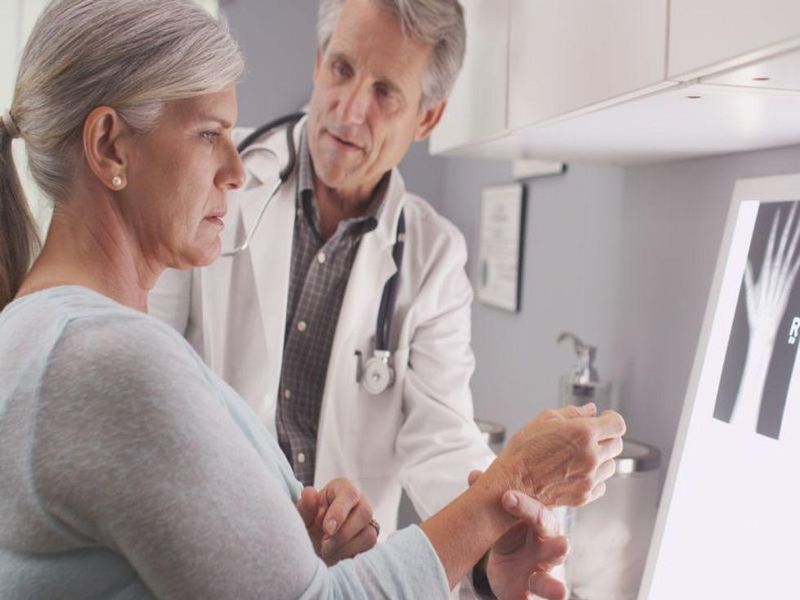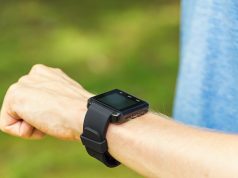No significant difference in AUC seen for detecting scaphoid fractures with convolutional neural network versus 11 radiologists
FRIDAY, May 21, 2021 (HealthDay News) — A convolutional neural network (CNN) has been developed for detecting scaphoid fractures on radiographs of the hand, wrist, and scaphoid, according to a report published online April 28 in Radiology: Artificial Intelligence.
Nils Hendrix, from Jeroen Bosch Ziekenhuis in the Netherlands, and colleagues compared the performance of a CNN to 11 radiologists for detecting scaphoid fractures on conventional radiographs of the hand, wrist, and scaphoid. Three datasets from two hospitals were reviewed: a dataset of 1,039 radiographs (775 patients) for developing a scaphoid segmentation CNN; a dataset of 3,000 radiographs (1,846 patients) for developing a scaphoid fracture detection CNN; and a dataset of 190 radiographs (190 patients) for testing the complete fracture detection system.
The researchers found that a Dice similarity coefficient of 97.4 ± 1.4 percent with a Hausdorff distance 1.31 mm ± 1.03 was achieved with the segmentation CNN. Sensitivity and specificity of the detection CNN were 78 and 84 percent, respectively; positive predictive value was 83 percent; and the area under the receiver operating characteristic curve (AUC) was 0.87. No significant difference was seen between the AUC of the CNN and radiologists (0.87 versus 0.83).
“The system may be able to assist residents, radiologists, or other physicians by acting either as a first or second reader, or as a triage tool that helps prioritize worklists, potentially reducing the risk of missing a fracture,” Hendrix said in a statement.
Two authors disclosed financial ties to the medical device industry.
Copyright © 2021 HealthDay. All rights reserved.








